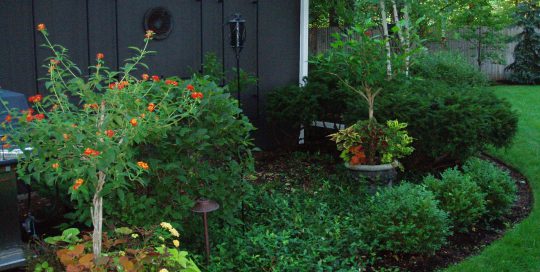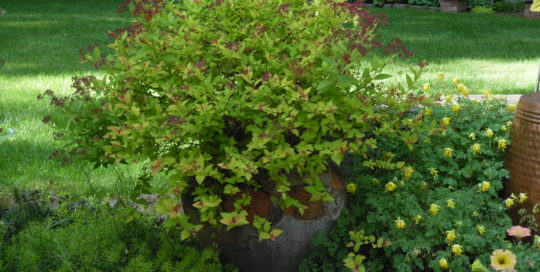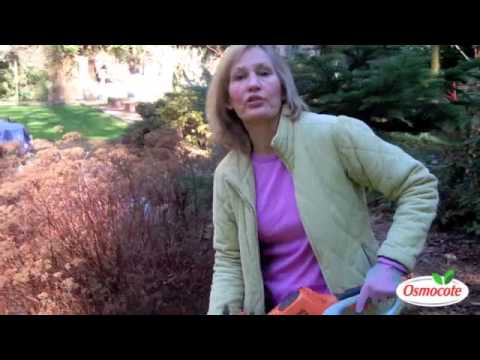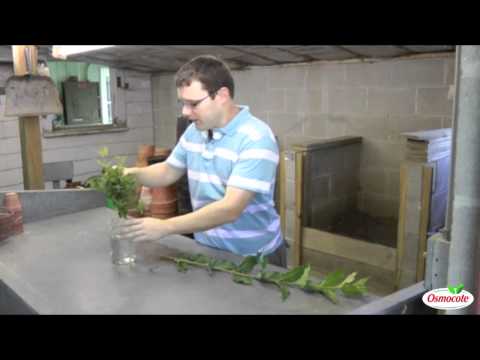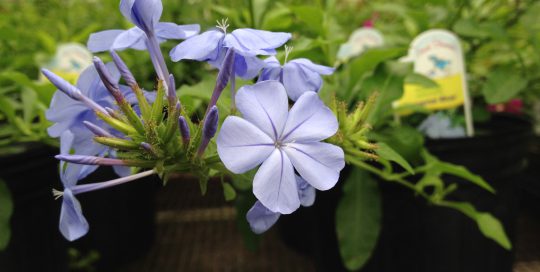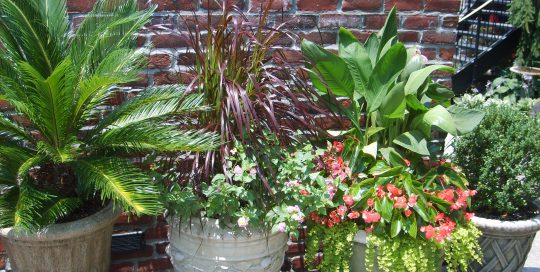This is an article on how to grow camellias in containers. If you live in the vicinity of the South, or have visited there during late fall into early spring, you know what that word means. Camellia is a genus of flowering plants in the family Theaceae. They are native to eastern and southern Asia, from the Himalayas east to Japan and Indonesia. There are said to be 100 – 300 described species, with some controversy over the exact number. There are also around 3,000 hybrids.
The most popular camellia throughout the world is often not even recognized as a member of this family. That plant is Camellia sinensis, better known as the tea plant. But, THAT’s a story for another day.
No, today we will discuss the three major players in the camellia world, Camellia sasanqua, Camellia japonica, and Camellia reticulata. When you purchase camellia plants, these are the three you will most likely encounter.
What is the best soil for Camellias?
Camellias enjoy life in Zones 7-9, for the most part. Some may survive in Zone 6, but you are starting to push it there. Anything north of Zone 6 should be grown in containers. And of course, you can grow them in containers even in their comfort zones.
When growing Camellias, be sure to provide well-drained, organically rich, slightly acidic soil (5.5 – 6.8 pH). The exact mix of ingredients does not matter if three basic elements are considered —
- Good drainage. Standing water should not collect for any length of time. Straight Peat Moss is not a good option for camellias.
- Retains some moisture. Camellias require some moisture, so straight sand is not a good option.
- Supports the plant. Straight Perlite is not suitable.
However, a combination of these three, together with some pine bark fines, compost, or vermiculite, in any combination will work. Just remember to observe the three basic elements.
How to water Camellias in containers
Once you have the soil conditions covered, the watering part is easy. Camellias like moist soil, but not consistently wet feet. If you visualize a wrung-out dish sponge, damp but not wet, maintaining moisture at that level keeps them happy. The materials used in the soil mixture also plays a part in the amount of water used. Use your finger, if the soil is dry to your second knuckle, water the plant. Allowing the plant to stress for moisture results in smaller and less abundant blooms.
How often should Camellias in containers be fed?
Camellias should be fed three times a year. The first time for feeding is when the new foliage emerges in spring. The second dose is in early summer, and then finally in early fall. Don’t wait too long with the last feeding, the plants need to harden off before it gets cold and go dormant. Use an acidic fertilizer, one that is labeled for hydrangeas, blueberries, or hollies is best. Be sure it has minor elements. Always follow the directions on the label.
How to choose the size of the container for Camellias
All camellias can be grown successfully in containers, if the pot is a large enough pot. A healthy Camellia will outgrow it’s container every 2 – 3 years. When it does, move up one or two pot sizes.
Other things to consider in sizing the pot, will it need to be moved? Or, is it root-bound? If it is, transplanting is a good time to do some root pruning. There are many great articles on that process online. You may also wish to learn how to prune the part of the plant that’s above ground.
Potted Camellias dry out faster than plants in the ground, so monitor them closely. Terra Cotta pots dry out faster than plastic or glazed pots. Smaller pots dry out faster than larger pots.

